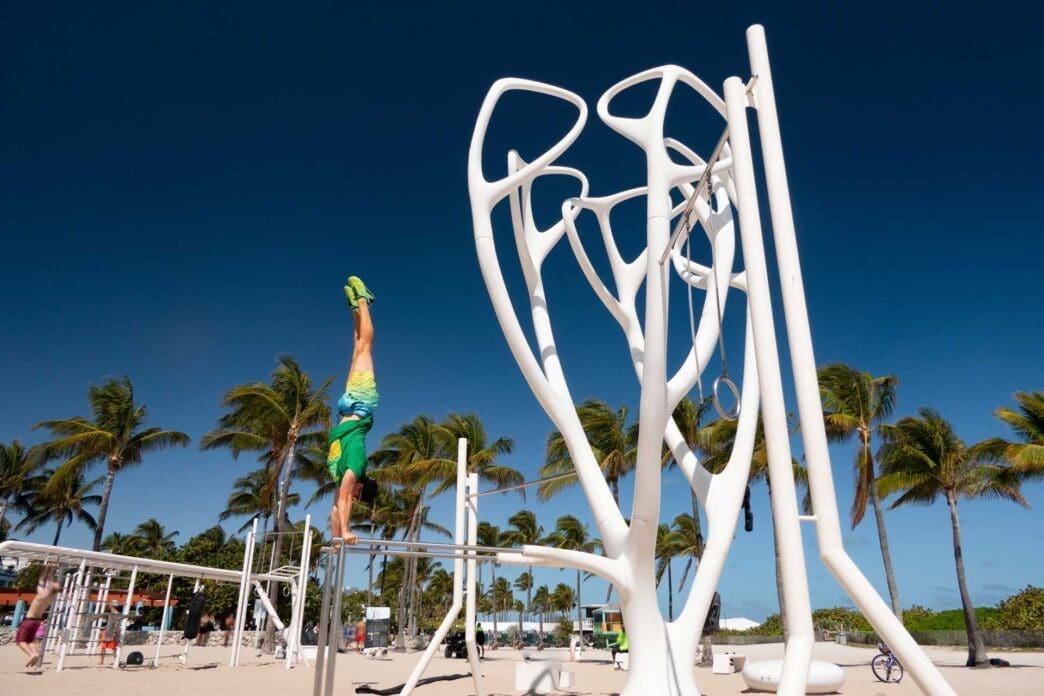A Quick Takeaway
The Story Behind the Trend
How to Make It Work for You
The Community View
Embracing the great outdoors for your workouts can significantly boost physical and mental well-being, but ensuring safety is paramount for anyone, from seasoned athletes to casual walkers, to maximize benefits and prevent injury. These expert safety tips are designed to guide individuals on how to prepare, execute, and recover from outdoor physical activity, ensuring a sustainable and enjoyable fitness journey regardless of the environment or time of year. By prioritizing awareness, proper gear, and listening to your body, you can transform any outdoor space into a safe and effective arena for achieving your fitness goals.
Essential Pre-Workout Preparation
Before stepping outside, a thorough preparation routine is crucial for a safe and effective outdoor workout. This involves checking the weather, hydrating adequately, and protecting your skin from the elements.
Always consult the weather forecast before heading out. Dress in layers that can be easily added or removed, opting for moisture-wicking fabrics that keep sweat away from your skin. This strategy helps regulate body temperature, preventing both overheating and hypothermia.
Hydration begins before your workout even starts. Drink plenty of water throughout the day, and carry a water bottle with you, especially for longer or more intense sessions. In hot or humid conditions, consider an electrolyte-rich beverage to replenish essential minerals lost through sweat.
Sun protection is non-negotiable, even on cloudy days. Apply a broad-spectrum sunscreen with an SPF of 30 or higher to all exposed skin. Wearing a wide-brimmed hat and UV-protective sunglasses further shields your face and eyes from harmful rays.
A dynamic warm-up is vital to prepare your muscles and joints for activity. Spend 5-10 minutes performing light cardio and dynamic stretches, such as leg swings and arm circles, to increase blood flow and flexibility. Conclude your workout with a static cool-down, holding stretches to improve flexibility and aid recovery.
Navigating Your Environment Safely
Being acutely aware of your surroundings is a cornerstone of safe outdoor exercise. This encompasses understanding the terrain, ensuring visibility, and practicing personal safety measures.
Choose routes that match your fitness level and are appropriate for your chosen activity. Uneven terrain, roots, and rocks can pose tripping hazards, so wear appropriate footwear with good traction. Be mindful of your footing, especially when running or hiking on trails.
Visibility is critical, particularly during dawn, dusk, or nighttime workouts. Wear bright, reflective clothing that makes you easily seen by motorists, cyclists, and pedestrians. A headlamp or reflective vest can significantly enhance your presence in low-light conditions.
Always be aware of traffic, cyclists, and other pedestrians. If exercising near roads, face oncoming traffic and follow local traffic laws. Maintain situational awareness, avoiding distractions like loud music that might prevent you from hearing approaching vehicles or people.
For personal safety, inform a friend or family member of your planned route and estimated return time. Carry a fully charged cell phone for emergencies and consider carrying a personal safety alarm. If possible, avoid isolated areas, especially when exercising alone.
Equipping Yourself Properly
The right gear can make a significant difference in both the safety and effectiveness of your outdoor workouts. Investing in quality equipment tailored to your activity is a smart move.
Proper footwear is perhaps the most important piece of equipment. Ensure your shoes are sport-specific, offer adequate support and cushioning, and are in good condition. Worn-out shoes can lead to discomfort and increase the risk of injury.
Beyond footwear, select clothing that is appropriate for the weather and your activity. Performance fabrics are designed to manage moisture and temperature, enhancing comfort and preventing chafing. Avoid cotton in cold or wet conditions, as it retains moisture and can lead to a rapid drop in body temperature.
Consider carrying essential accessories for extended or remote workouts. A small first-aid kit, a whistle for signaling, and navigation tools like a GPS device or a map are invaluable. For long-distance activities, a hydration pack can ensure you remain adequately watered.
Leverage technology for safety and performance. Fitness trackers can monitor your heart rate and distance, while a fully charged phone provides a means of communication. Apps that track your location can also be useful for sharing your progress with others.
Listening to Your Body and Adapting
Ultimately, your body is your most important guide when exercising outdoors. Paying attention to its signals is crucial for preventing overexertion and injury.
Pace yourself, especially when starting a new routine or exercising in challenging conditions. Gradually increase the intensity, duration, and frequency of your workouts. Pushing too hard too soon can lead to burnout or injury.
Allow adequate time for rest and recovery between workouts. Overtraining can weaken your immune system, increase injury risk, and hinder progress. Incorporate active recovery days and prioritize sleep to help your body repair and rebuild.
Pay close attention to any signs of distress, such as dizziness, lightheadedness, extreme fatigue, or unusual pain. If you experience these symptoms, stop immediately, find a safe spot, and assess your condition. Do not hesitate to seek medical attention if symptoms persist or worsen.
Be prepared to adapt your workout plan based on environmental conditions. On extremely hot or humid days, reduce intensity, shorten your workout, or shift to an indoor alternative. Similarly, modify your routine during periods of poor air quality or strong winds.
Ensuring a Safe and Rewarding Experience
By integrating these expert safety tips into your routine, you can confidently embrace the myriad benefits of outdoor workouts. From meticulous preparation and environmental awareness to proper gear and attentive self-care, each element plays a vital role in fostering a secure and effective fitness journey. Prioritizing safety not only prevents potential hazards but also enhances the overall enjoyment and long-term sustainability of your active lifestyle, allowing you to truly thrive in the natural world.








